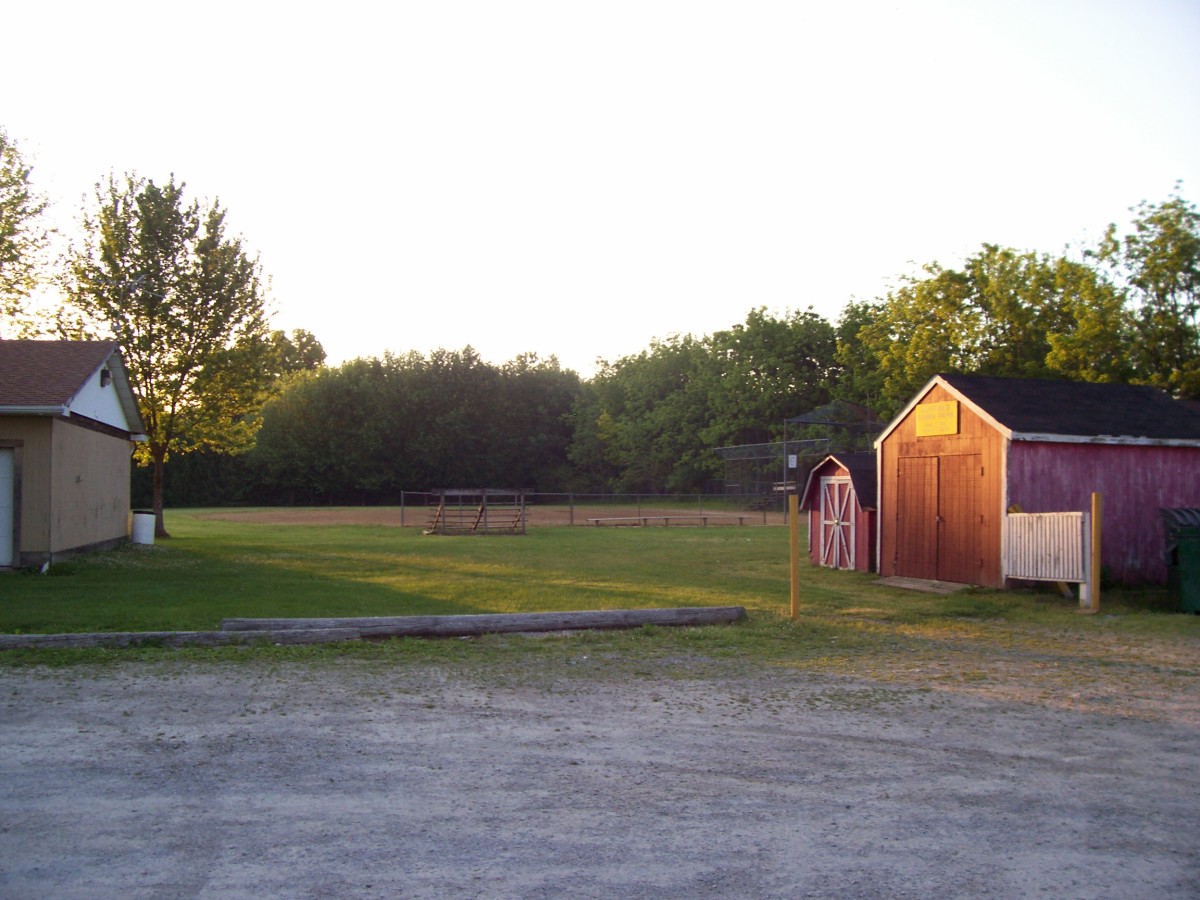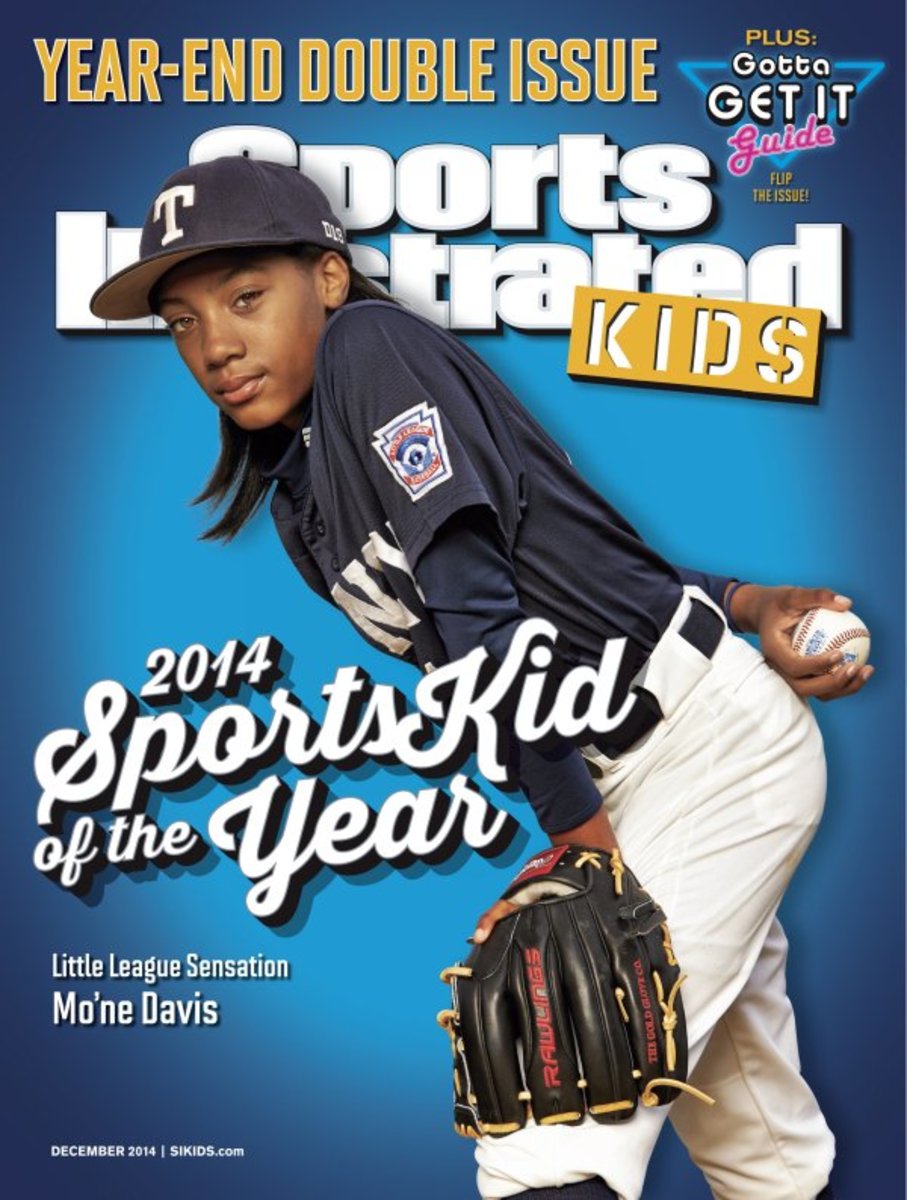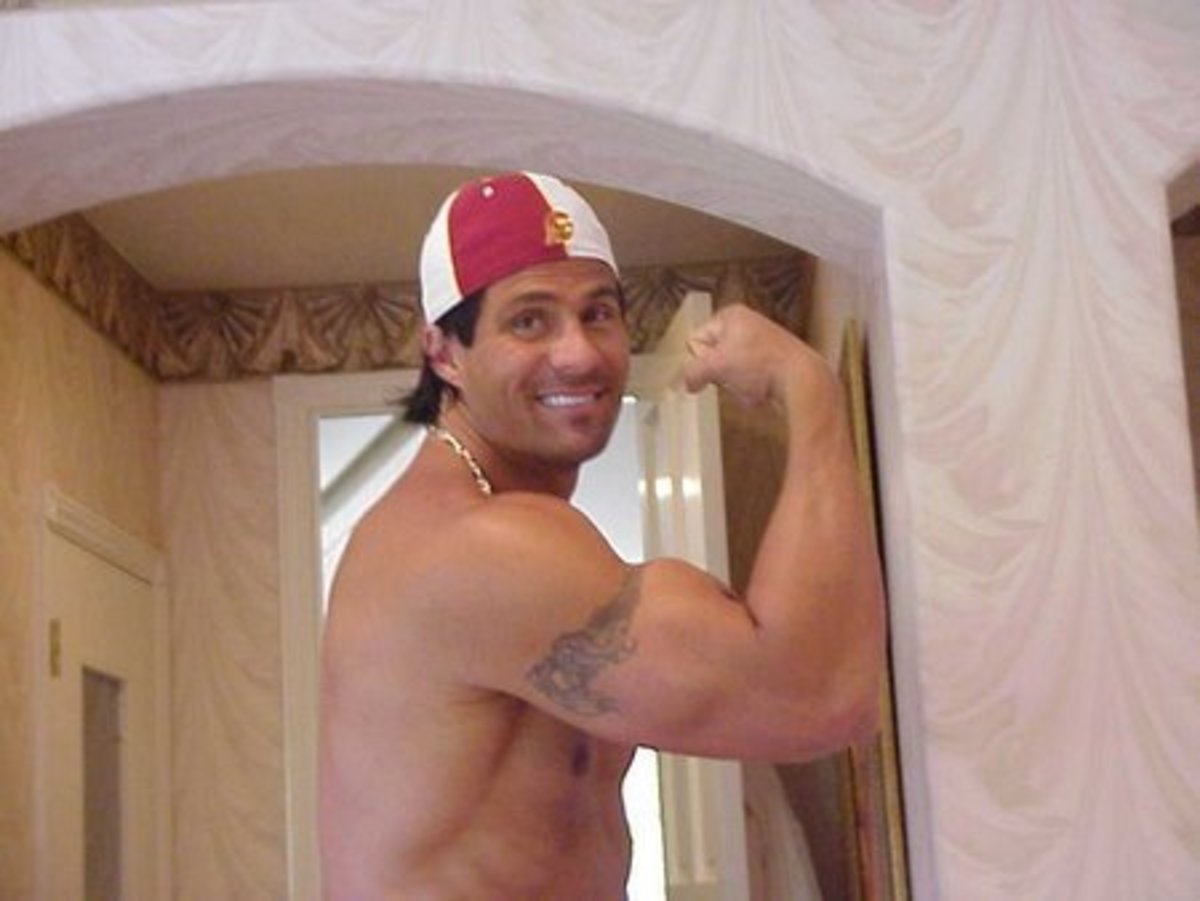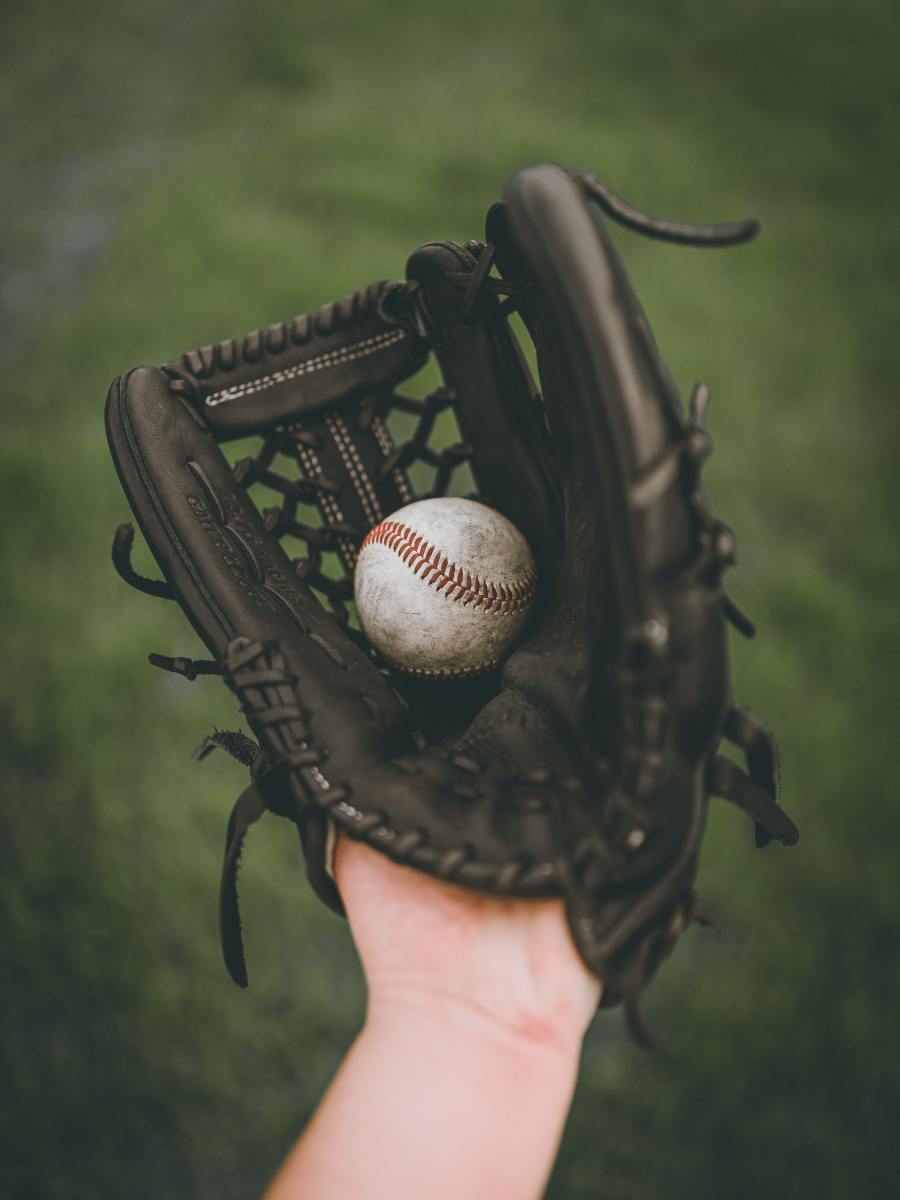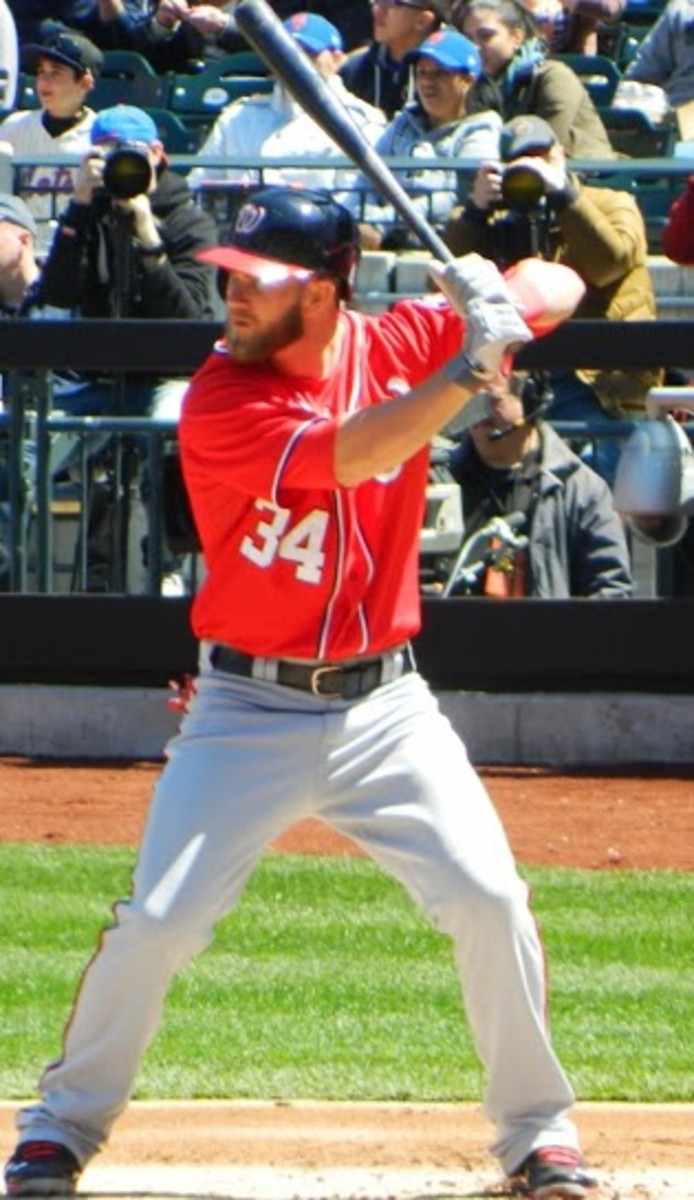Bat Buying Guide - How to Choose a Baseball Bat for Little League
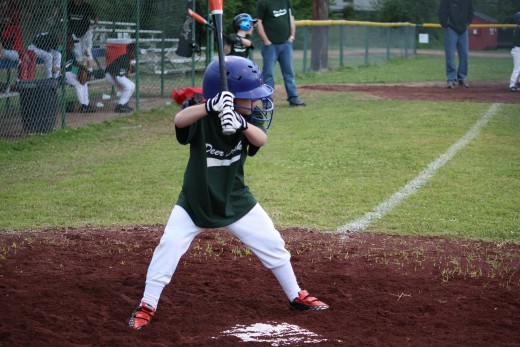
Even though it’s not Christmas yet, nothing puts a wider smile on the face of your Little Leaguer than a brand new baseball bat. Buying a baseball bat, especially for a kid, is not like buying clothes that you could go for it if it fits him or it looks nice on him. There are more important things to consider than the looks of the bat. Knowing your child’s hitting ability may also not be enough.
So, how should you choose a baseball bat for your kid?
Below are some guidelines parents should know before buying a baseball bat or thinking of buying one.
#1 Check out the legality.
Before purchasing a bat, be sure to check the Little League bat rules. Parents may not think it’s a big deal but some leagues do not allow the use of a bat without a stamp of the logo of the official supplier.
Why? Well, having that official logo means that the sports equipment has been made using approved materials while following the prescribed process.
The length of the bat, the form of the knob, and size of the barrel must conform to the standards set forth by the relevant authorities like the Bat-Ball Coefficient of Restitution (BBCOR).
Pony leagues, for instance, require USSSA stamp with 1.15 BPF, which stands for Bat Performance Factor. This tells how fast the ball comes off the bat. Be sure to look for this stamp before purchasing.
#2 Examine the materials used.
You only have one choice: metal. Professionals, practice bats, and tournaments except for those places that mandate its use normally use wood. Therefore, young players usually use non-wood or metal.
Why? Primarily because of it’s aluminum compound that makes the bats not just smoother and shinier, but most importantly, easier to handle, lighter to swing, and live longer. In other words, it is surely a worth it investment.
Some others prefer it because of the “ping” sound. Metal bats also tend to be less expensive. However, they have smaller sweet spots. A general rule to remember is the more expensive the metal bat is, the longer its sweet spot.
#3 Measure the length.
It’s a little bit complicated to choose the length/size of a bat than you think it is. Parents should take into consideration the child’s height and weight. It’s actually easy because there is a standard chart where all you have to do is match your child’s height and weight to the length recommended for him.
So before shopping for a bat, do not forget to measure the height and weight of your kid first. Because he is a kid, the measurement is quite different. Measure your young player’s height with his baseball cleats on. The bat when standing up next to the child should not reach beyond his hip or else, it will be too long to swing.
#4 Know the weight.
Weight in relation to the size of bat absolutely matter. The hitting mechanics, batting stance, and swing speed of any player depend on them. Using a heavier bat provides stronger force on the ball.
It could take the ball farther away than a light bat. Keep in mind that your child must be able to lift and swing the bat freely. For small children, a light bat should be enough because their strength is limited. Otherwise, heavier bats may be advisable.
Bats are also measured in minus or drop weight. Drop weight is the value difference between the length and the weight of the bat. A 26-inch long baseball bat that has a drop weight of minus 10 weighs 16 ounces. The higher the drop weight, the lighter the bat.
#5 Measure the barrel.
Technically, the barrel of a bat measured in inches is the hitting area. Some leagues have a required barrel size so parents should take note in that case. The larger the barrel is, the easier it makes contact with the ball but the ball will be heavier to swing.
Still, a large barrel is a good choice if your young player can swing heavy bat fast but needs help in getting more hits. On the other hand, smaller barrel is an option if your child can’t hit the ball very far.
#6 Inspect the handles as well as grips.
Choosing the right handle depends upon the need of your child. A thicker handle makes the batter more stable and absorbs more shocks. A thinner handle allows the player to move his hand faster. If you are also extra careful, choose bats with knob to avoid the slipping of bat from your child’s hands. Some leagues also require this.
#7 Decide which type.
Bats are classified between one or two piece. Two piece bat means that companies manufacture the handle and then weld it together. Two piece bats produce less vibration on mishit balls.
Hence, it will hurt less on hands. However, having more vibrations like in one piece bats is actually helpful for hitting development of a child. Thus, choosing between them is up to your personal preference.
Imagine a player with his sports uniforms on but without the ball or racket. It is lacking! An appropriate baseball bat is certainly a good gift to your young player as his baseball uniforms would not be complete without it. So what are you waiting for? Buy now!

